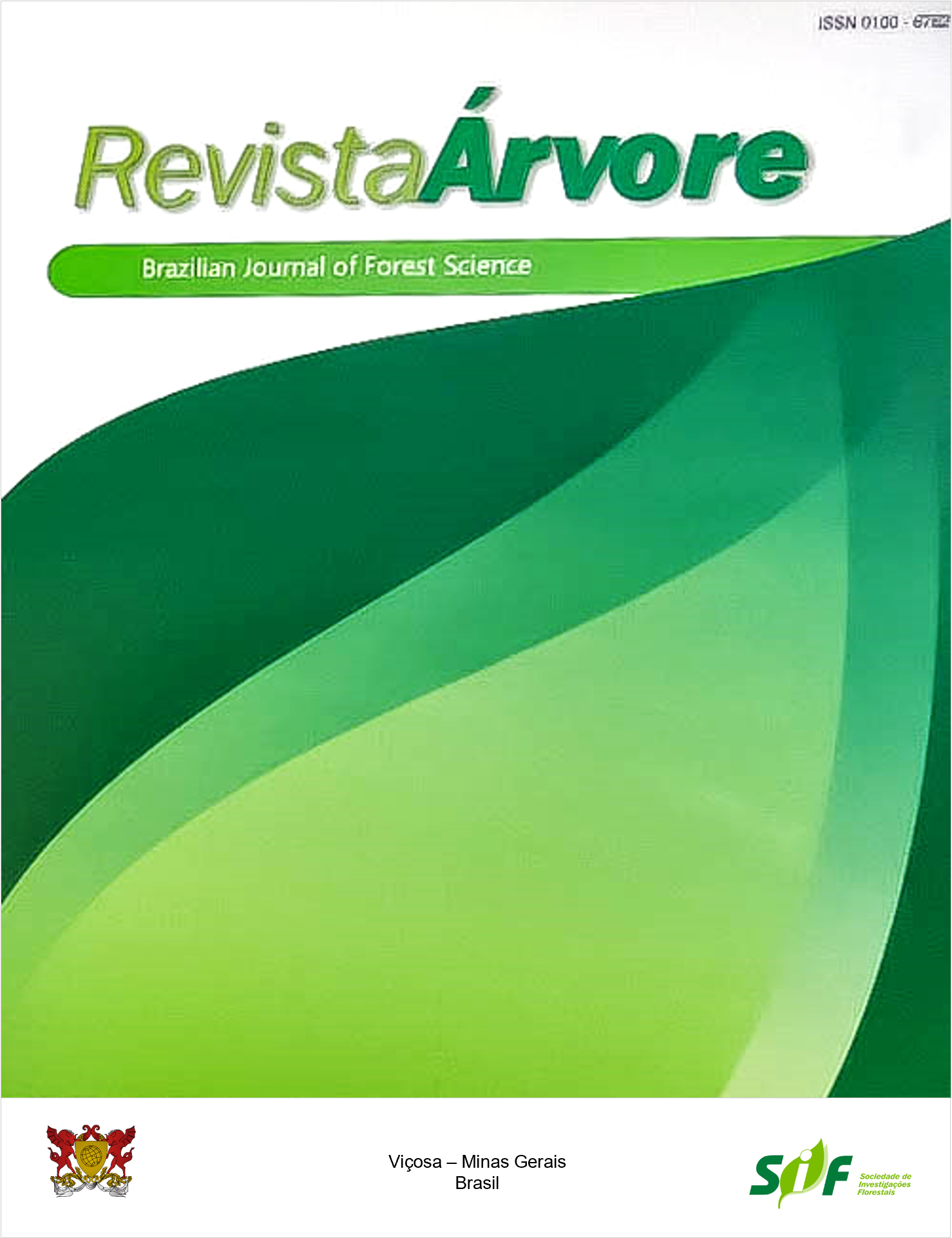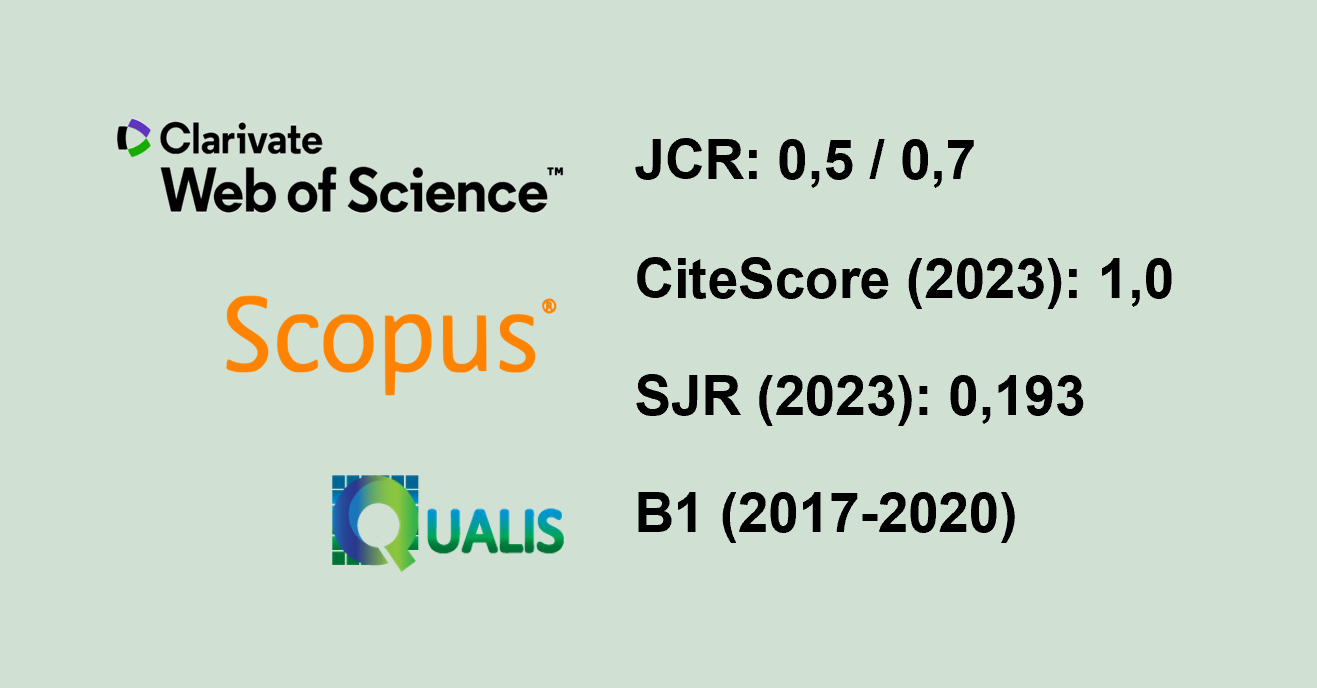AUTOECOLOGY, DIVERSITY, AND INTERNAL GENETIC STRUCTURE OF Ocotea porosa (NEES & MART.) BARROSO: SUBSIDIES FOR SEED COLLECTION
Keywords:
Araucaria Forest, Ecological restoration, Spatial genetic structureAbstract
Ecological restoration mitigates the negative effects of fragmentation and habitat loss. This practice allows the conservation of key species, such as Ocotea porosa, a tree native to the Araucaria Forest and extremely endangered. A key point in restoration projects is the source of seeds, as well as guidelines for collection. When carried out under technical criteria, the collection allows the maintenance of genetic diversity and adaptive potential in restoration plantations. Given the importance of seed source, genetic diversity, and adaptive potential, this study aimed to define areas and criteria for collecting seeds by characterizing the demography, genetics, and reproductive phenology of an O. porosa population. A plot of 16 hectares was installed in the municipality of Passos Maia, Santa Catarina, Brazil, and a demographic survey of trees with diameter at breast height (DBH) > 15 cm was carried out. Indices of diversity and internal genetic structure (IGS) were estimated using allozyme markers. The reproductive phenology of 67 individuals was evaluated during 8 months. The studied population showed a high density of individuals (10.7 ind. ha-1) with normal diametric distribution. The phenological pattern of the species is regular, seasonal, and annual. The evaluated population showed high genetic diversity, high fixation index, and significant IGS up to 80 meters away. Based on these results, the evaluated fragment can be used as a seed collection area. It has high genetic diversity, density, and area size sufficient to contain several demes. In addition, it is highly recommended that the matrices be at least 80 meters apart to avoid the effects of significant IGS.
Keywords: Araucaria Forest; Ecological restoration; Spatial genetic structure
Downloads
Published
How to Cite
Issue
Section
License
All authors agreed to submit the work to Revista Árvore and granted the exclusive license to publish the article. The authors affirm that it is an original work and has not been previously published elsewhere. The scientific content and opinions expressed in the article are the sole responsibility of the authors and reflect their opinions, not necessarily representing the opinions of the editorial board of Revista Árvore or of the Society of Forest Investigations (SIF).




